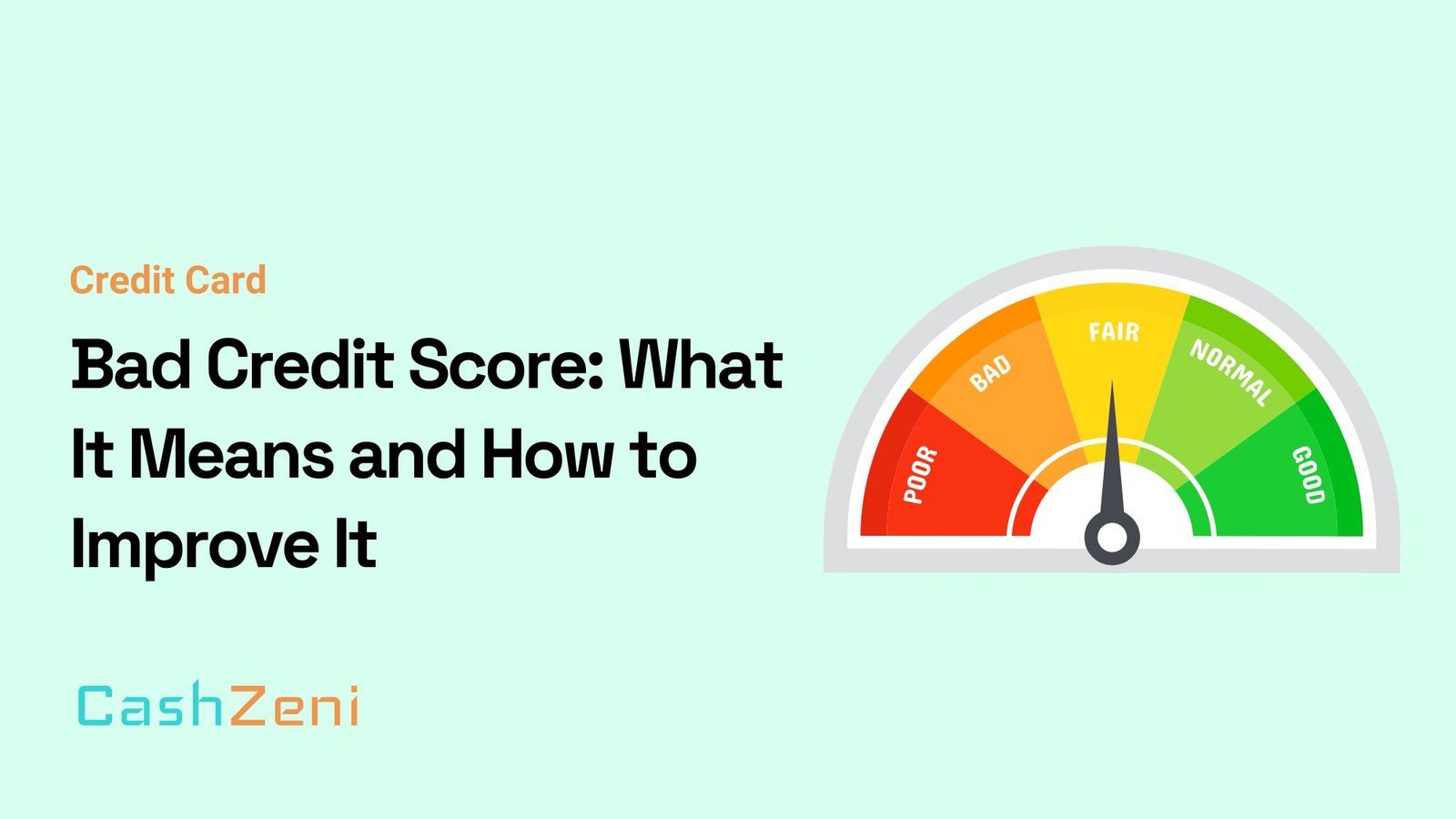Ah, EMIs—the heartbeat of modern financing, turning dreams into driveways and blueprints into buildings! But what if you had the power to dial down the interest, one of the heftiest elements of your loan? What if, instead of sticking to the beaten path, you could infuse a bit of liquidity and lessen your financial burden?
Table of Contents
Welcome to the alchemy of pre-payment—a strategy often overlooked but highly potent in altering your EMI interest calculations. Forget the notion that loans are static, immovable mountains of debt; with pre-payment, they can be as fluid as your financial savvy allows.
In this comprehensive guide, we’ll delve into the intricacies of how pre-paying your loan influences the structure and interest calculations of your EMIs. From the math behind it to the potential savings and pitfalls, we’ll cover everything you need to determine if pre-payment is the elixir you need on your path to financial liberation.
What Is Interest Calculation for EMI?
EMI stands for Equated Monthly Installment. It’s like that gym membership you keep paying for, swearing that “this month, I’ll definitely go.” However, unlike the gym, EMIs are unavoidable, serving as the method by which you repay your loan in manageable monthly portions.
To calculate the EMI for a loan, financial institutions use a rather straightforward formula:
Formula for Calculating EMIs
The formula to calculate EMIs using an EMI calculator is as follows:
EMI = [P x R x (1+R) ^N] / [(1+R) ^ N-1]
In the above formula, the three components that constitute the Equated Monthly Installments of a personal loan are denoted by P, R, and N:
| EMI | Equated Monthly Payment |
| P | Principal amount |
| R | Rate of interest |
| N | Tenure |
Here’s an example to illustrate the formula’s application: Consider a loan amount of ₹10,00,000, an annual interest rate of 10.5%, and a loan tenure of 10 years (or 120 months). Calculating the monthly interest rate, R = Rate of Annual interest/12/100, we find R = 10.5/12/100 = 0.00875.
Using this information, the computed EMI will be ₹13,493. Thus, borrowers will need to pay ₹13,493 per month for 120 months to repay the entire loan amount. The total amount payable over the loan tenure will be ₹16,19,220, including ₹6,19,220 as interest.
Sounds like rocket science? Don’t sweat it; by the end of this guide, you’ll be fluent in the language of finance.
How Does Pre-payment Affect EMI?
Now, let’s say you’ve had a windfall—a long-lost uncle left you a treasure, or maybe your investments in Best Real Estate Stocks in 2023 yielded a substantial return. You’re considering using this surplus to pre-pay a part of your loan. It’s a wonderful idea! Pre-paying a loan reduces the principal amount you owe, which recalibrates your EMI interest calculations.
When you pre-pay, the interest component gets recalculated based on the remaining principal. In simple terms, you’ll either pay off the loan faster or your future EMIs will shrink—either way, it’s a win-win!
The Mechanics of EMI Interest Calculations
The Three Types of EMI Calculation Methods
Before we talk about altering the universe with pre-payment, let’s understand the types of galaxies—err, EMI calculation methods—we’re dealing with:
- Flat-Rate Method: This is your basic, no-nonsense approach. Interest is calculated on the entire principal amount initially borrowed, regardless of the monthly EMIs made.
- Reducing Balance Method: A bit more nuanced, interest here is calculated on the remaining balance of the loan. As you keep paying your EMIs, the interest keeps reducing.
- Hybrid Method: Rarely used, but it’s a blend of the above two. The first few years employ a flat rate, which switches to a reducing balance method later.
Each has its own perks and quirks, and understanding them is crucial when considering pre-payment.
How Pre-payment Fits into These Methods
- Flat-Rate: Pre-payment can significantly cut down your payable interest since the interest calculation here is pretty rudimentary. This usually results in a reduced EMI amount.
- Reducing Balance: The impact is more dynamic. Your EMIs may remain the same, but the loan tenure might shorten significantly. Alternatively, both the EMI amount and tenure can reduce somewhat.
Don’t believe me? The Reserve Bank of India provides some great resources on understanding the impact of pre-payment across different interest calculation methods.
The Benefits and Drawbacks of EMI Pre-payment
The Good
- Reduced Financial Burden: A smaller loan amount means reduced EMIs or a shorter loan period. Either way, you’re financially more agile.
- Interest Savings: Since interest is calculated on the remaining principal, a reduced principal equals reduced total interest.
- Enhanced Credit Score: Financial institutions love borrowers who pay ahead of schedule. This positively impacts your credit score.
The Not-So-Good
- Opportunity Cost: The funds you used for pre-payment could have been invested elsewhere, perhaps even in the Best Chemical Stocks in India or Best Sugar Stocks in India, for potentially higher returns.
- Pre-payment Penalties: Yes, your bank might actually penalize you for being proactive. Make sure to read the fine print.
- Reduced Liquidity: You may find yourself a bit cash-strapped post pre-payment, so weigh your options carefully.
Crunch the Numbers with CashZeni’s EMI Calculator
Why Guess When You Can Calculate?
No need to whip out your scientific calculator or go back to your high school algebra classes. We’ve got you covered with CashZeni’s state-of-the-art EMI Calculator. Why just read about numbers when you can interact with them?
How To Use CashZeni’s EMI Calculator
- Input Loan Amount: The principal amount you intend to borrow.
- Enter Interest Rate: The annual interest rate, usually provided by your lender.
- Specify Loan Tenure: The loan period in months or years.
- Hit ‘Calculate’: And voilà, you get your monthly EMI, the interest payable, and the total payment.
Practical Scenario: Pre-payment Impact Calculation
Wondering how your pre-payment would affect these numbers? Just recalibrate the ‘Loan Amount’ to the remaining principal after your pre-payment and hit ‘Calculate’ again. It’s that easy!
The difference in the two calculations will give you a ballpark figure of your interest savings and new EMIs.
Pro-tip: Compare and Contrast
Use our calculator to simulate different pre-payment scenarios. For example, what if you pre-pay 20% of the loan after one year versus three years? The numbers may surprise you.
Frequently Asked Questions
Can I pre-pay my loan anytime?
Generally, yes. However, many institutions have a ‘lock-in’ period. Know the terms beforehand.
How do I calculate the new EMI after pre-payment?
Financial calculators are readily available online. Banks also provide this service. You can manually calculate using the formula provided in Section 1.
Is pre-payment advisable for long-term loans like home loans?
It largely depends on your financial goals and the interest rate. If the rate is high, pre-payment could save you a lot in the long run.
How does pre-payment affect my EMI?
Pre-payment of your loan reduces the outstanding principal amount. As a result, either your EMI amount can be reduced, or your loan tenure can be shortened. Try our EMI Calculator to see this in action.
Is there a penalty for pre-paying a loan?
It varies from lender to lender. Always read the fine print or consult your lender before making a pre-payment.
What is a ‘Floating Interest Rate,’ and how does it affect EMI?
A floating interest rate varies according to market conditions. It can cause your EMI amount to increase or decrease accordingly.
Are there tax benefits for pre-paying a loan?
It depends on the type of loan and your jurisdiction. For example, pre-paying a home loan could have different tax implications compared to a personal loan.
What happens to the interest when I pre-pay my loan?
When you pre-pay a loan, the outstanding principal amount gets reduced. Typically, this means either your EMI amount decreases or the loan tenure is shortened, leading to lower overall interest payments.



